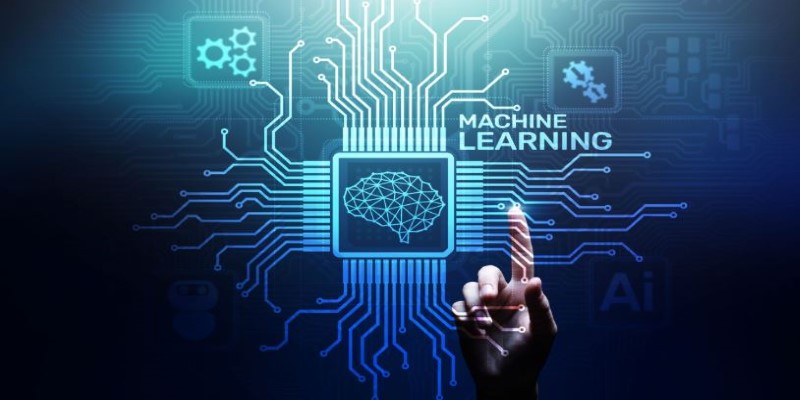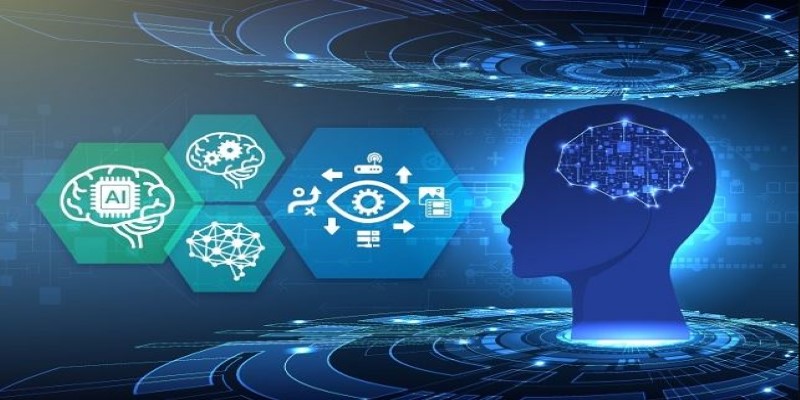In today’s world, AI is transforming industries, and two of its most fascinating fields are Computer Vision and Machine Learning. Though they sound similar, they are quite different in their purpose and function. Computer Vision empowers machines to interpret and analyze visual data, mimicking how we see and understand the world.
On the other hand, Machine Learning is concerned with enabling computers to learn from experience and make decisions or predictions independently. These technologies tend to cooperate to build intelligent systems, but it is essential to know how they differ so that one may appreciate their specific contributions to AI.
Understanding Computer Vision
Computer Vision is a subfield of AI focused on enabling machines to process and interpret visual information, similar to how humans see and understand the world. It involves using algorithms to extract valuable insights from images, videos, and other visual data. The goal is to help machines recognize patterns and make sense of what they see.
One of the key technologies behind Computer Vision is Convolutional Neural Networks (CNNs). These deep learning models are designed to recognize visual features—such as edges, textures, and shapes—within images. Once a machine has identified these features, it can classify or detect objects in images. The applications of Computer Vision are vast, ranging from security systems that use facial recognition to detect individuals to medical imaging tools that help doctors identify anomalies in scans.
Even with its increased capabilities, Computer Vision continues to have issues. It lacks an understanding of context like human beings, failing most of the time to analyze objects in unexpected circumstances. Alterations in light, perspective, or partial blocking tend to diminish visual analysis accuracy. Yet, as artificial intelligence grows and develops, Computer Vision is addressing these weaknesses through more advanced models and technology.
The Role of Machine Learning
Machine Learning is a larger AI concept that emphasizes developing algorithms that enable systems to learn and make decisions based on data. In contrast with conventional programming, where behavior is spelled out through definite instructions, Machine Learning lets computers learn patterns and enhance their correctness over time independently of human inputs.

Supervised, unsupervised, and reinforcement learning are the three main types of Machine Learning. In supervised learning, models are trained on labeled data, meaning the system learns from examples with predefined outputs. This is how spam filters recognize junk emails. Unsupervised learning, on the other hand, finds hidden patterns in data without explicit labels, making it useful for market segmentation and fraud detection. Reinforcement learning, often used in robotics and gaming, involves training models through trial and error, rewarding correct actions to refine decision-making processes.
Deep Learning, a subset of Machine Learning, plays a crucial role in advanced AI applications. It uses multi-layered neural networks to process vast amounts of data, allowing for tasks like language translation, autonomous driving, and AI-generated art. However, Machine Learning is not without its challenges. It requires extensive data for training, and biased datasets can lead to inaccurate predictions. Additionally, complex models demand high computational power, making large-scale deployment expensive.
How Do They Differ and Work Together?
Computer Vision and Machine Learning often intersect, but they serve different purposes. Machine Learning is a methodology that allows a machine to learn from data, while Computer Vision is an application that uses AI techniques to interpret visual information. In simpler terms, Computer Vision enables a machine to “see,” while Machine Learning helps it “think” and improve decision-making.
Many Computer Vision applications rely on Machine Learning, particularly deep learning techniques, to recognize and classify images. For example, a self-driving car uses Computer Vision to detect pedestrians and traffic signs, but Machine Learning helps it predict movements and make driving decisions. Similarly, medical imaging AI combines both technologies—Computer Vision detects anomalies in scans, while Machine Learning refines predictions based on previous cases.
Despite their differences, both technologies complement each other in building smarter AI systems. Advances in deep learning continue to enhance Computer Vision, improving accuracy in image recognition and object detection. Meanwhile, Machine Learning benefits from better visual data processing, making it more effective in tasks requiring perception and pattern recognition.
Applications and Real-world Impact of Computer Vision and Machine Learning
Computer Vision and Machine Learning are making significant strides across multiple industries, transforming everyday technology and solving complex problems.

These technologies are revolutionizing diagnostics in healthcare. Computer Vision analyzes medical images, such as X-rays and MRIs, helping detect conditions like tumors, fractures, and other abnormalities. Machine Learning enhances these systems by allowing them to improve their diagnostic accuracy over time as they process more data, often surpassing human accuracy in certain cases.
In the automotive industry, autonomous vehicles rely heavily on both technologies. Computer Vision helps self-driving cars "see" their environment by detecting objects like pedestrians, traffic signs, and other vehicles. Machine Learning enables the car to adapt its driving strategies by learning from previous driving experiences, improving safety and decision-making.
In entertainment, Machine Learning powers recommendation systems on platforms like Netflix, predicting user preferences based on past behavior. Meanwhile, Computer Vision is employed in facial and gesture recognition for interactive experiences in gaming and smart home devices.
The impact of these technologies is vast, stretching from security applications, where they analyze video feeds, to industrial sectors, where they inspect manufacturing processes. As they evolve, the integration of Computer Vision and Machine Learning will continue to push boundaries, enabling smarter and more efficient systems across industries.
Conclusion
Computer Vision and Machine Learning are fundamental pillars of AI, each serving a unique purpose. While Computer Vision focuses on analyzing and interpreting visual data, Machine Learning equips machines with the ability to learn from experience. Their differences are clear, yet they often work together to drive innovation in AI applications. From healthcare to autonomous systems, the integration of these technologies is shaping a future where machines can see, learn, and make intelligent decisions. Understanding their roles not only clarifies the AI landscape but also highlights the potential for continued advancements in technology.
